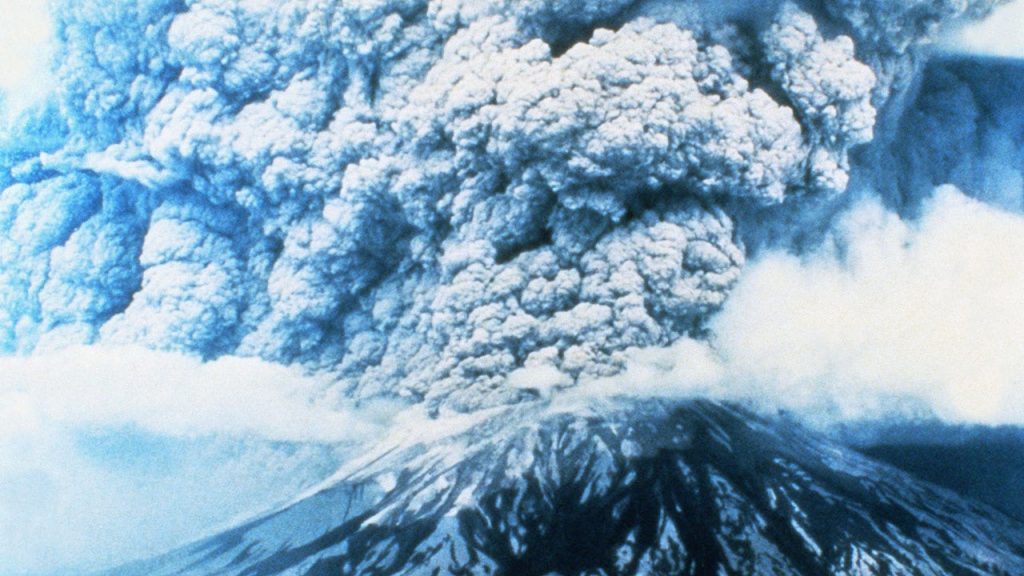On May 18, 1980, Mount St. Helens in Washington erupted for nine hours, resulting in the largest landslide in recorded history and the deaths of 57 people. Prior to the eruption, the mountain stood at 9,677 feet and was the fifth-tallest peak in the state. The eruption caused the mountain to lose approximately 1,300 feet, leaving behind a horseshoe-shaped crater. The series of events leading up to the eruption began with seismic activity in March, followed by smaller eruptions and earthquakes leading up to the cataclysmic event.
The initial eruption on May 18 triggered a massive landslide, the largest debris avalanche ever recorded on Earth. This event removed part of the magma chamber within the volcano, causing further powerful eruptions that knocked 1,000 feet off the mountain’s height. The aftermath of the eruption was devastating, with virtually no trees remaining in the six-mile radius around the summit and a large area being blanketed by hot debris from the blast. The eruption transitioned into a Plinian eruption, sending 520 million tons of ash into the air and causing widespread darkness and ashfall across the region.
The impact of the eruption was felt far beyond the immediate vicinity of Mount St. Helens. The ash cloud spread across the United States within three days, reaching as far as the Great Plains, and circled the Earth in 15 days. The blast also triggered a lahar, a mixture of water and rock fragments that flowed down the slopes of the volcano. In the lead-up to the eruption, people living near the mountain were evacuated, with the area being divided into red and blue zones. Despite evacuation orders, one man, Harry Randall Truman, refused to leave and tragically lost his life during the eruption.
Truman, an 83-year-old resident who had lived near Mount St. Helens for over five decades, became known for his defiance in the face of evacuation orders. In an interview prior to the eruption, Truman expressed his deep attachment to the mountain and his refusal to leave his home at Spirit Lake. His remains were never found following the eruption. The events of May 18, 1980, serve as a reminder of the power and unpredictability of nature, as well as the importance of heeding warnings and evacuation orders in the face of natural disasters.


